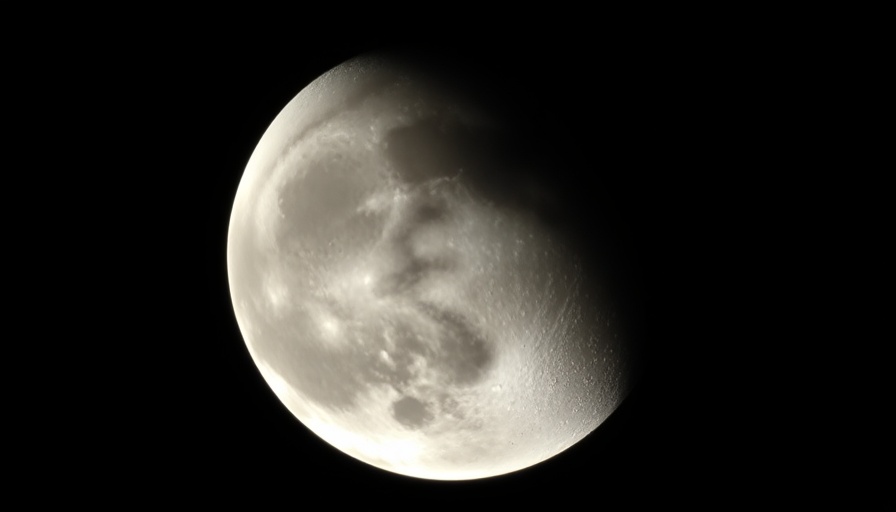
Unpacking the Enigma of Earth's Celestial Companion
The moon, our nearest cosmic neighbor, has fascinated humanity for millennia. From its prominent role in ancient myths to becoming a focus of modern scientific exploration, understanding the moon goes beyond simply gazing up at its glow. The dynamic nature of this celestial body is intertwined with human history, particularly during groundbreaking events such as the Apollo missions, where we transformed dreams into reality by landing on its surface. As we explore the moon’s fascinating history, we uncover its effect on Earth—dictating the rise and fall of tides and stabilizing our planet's axial tilt.
The Moon's Impact on Earth and Beyond
The very presence of the moon has profound implications for life on Earth. It plays a crucial role in maintaining the balance of our ecosystems. The gravitational pull of the moon is responsible for generating ocean tides, which are vital for various marine species and ecological cycles. Moreover, the moon's role in stabilizing Earth’s rotation contributes to the climate patterns we experience today. This gravitational relationship raises questions about Earth's future and how potential lunar exploitation for resources might shape the trajectory of humanity.
Navigating the Sea of Lunacy: A Fun Challenge
With this in mind, testing your knowledge about our moon becomes an adventure filled with excitement and learning opportunities. The quiz presented invites enthusiasts to delve deeper into lunar facts, boosting not only personal knowledge but fostering a collective appreciation for space exploration. How much do we truly know about our celestial satellite? What developments in lunar science pique our interest? Engaging in such quizzes could motivate more people to pursue careers in science, technology, engineering, and math (STEM) fields, driving innovation.
The Future of Lunar Exploration: Insights and Innovations
As we stand on the brink of a new era in lunar exploration, discussions about untapped resources such as water ice and mineral wealth are gaining momentum. Innovations in space technology and robotics are redefining possibilities. Companies and space agencies are actively developing sustainable habitats on the moon that could support future colonies and serve as launching points for deeper space travel—possibly to Mars and beyond. Understanding the moon’s resources could revolutionize the way we approach interplanetary travel, making the dream of living and working on other celestial bodies within reach.
Conclusion: Inspiring a New Generation of Lunar Enthusiasts
With the moon continuing to capture our imagination, quizzes and interactive learning become crucial tools in inspiring a new generation of “lunatics.” They cultivate curiosity about space and innovation, driving interest in the fields that will shape our future. So, are you ready to embark on this lunar adventure? Test your lunar knowledge and see how you stack up against other enthusiasts!
 Add Row
Add Row  Add
Add 




Write A Comment